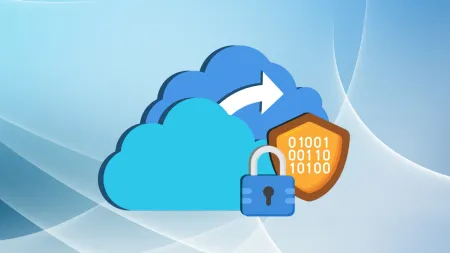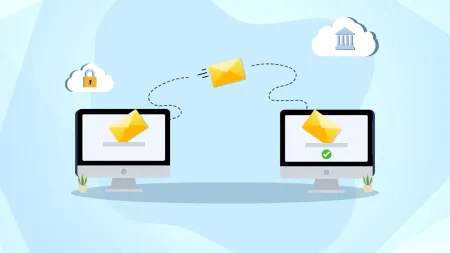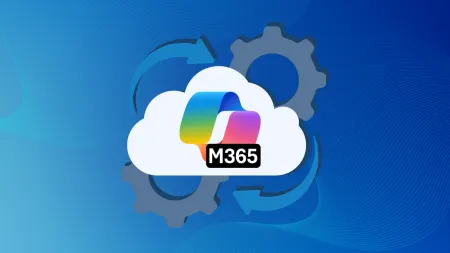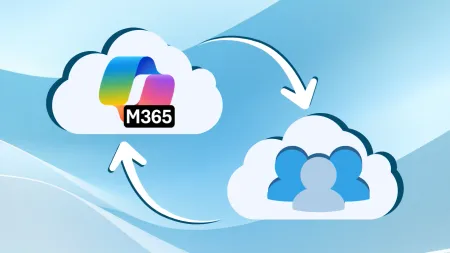Avoid Pitfalls With This AWS Migration Checklist
Shifting some or all of your computing needs to the AWS cloud is major move If your company is older than two years you likely manage most of your c...

Shifting some or all of your computing needs to the AWS cloud is major move. If your company is older than two years, you likely manage most of your computing with on-premise servers. But the technology used in on-site infrastructure is different than the technology that will manage those systems in the cloud. This AWS migration checklist will help you avoid common migration pitfalls. AWS migration.
Your AWS Migration Checklist
Clarify the AWS account governance and billing processes
With AWS, you can have one master account or several accounts linked to each other.
Many companies use separate accounts for different purposes (security versus administration, for example). Your choice depends on how you want your operation to function in the cloud. You can also segregate billing services to isolate specific costs per function or consolidate them into one.
AWS offers flexible pricing options (on demand versus spot instances) that can change based on how you engage the cloud capacities.
Assess security and access needs
Cloud computing requires constant access to cloud servers. To stay secure, you must adopt current, rigorous security practices and document your security requirements in the planning process.
AWS offers a series of access credential options so you can choose how to best manage your corporate security practices in AWS servers. Some of these include console passwords, symmetric access keys and multi-factor authentication tools.
Manage cloud-based assets
Plugging into the AWS cloud gives you access to the service-related metadata. You can combine your proprietary assets with the AWS cloud.
However, merging two separate sets of digital operations can be complex.
Amazon suggests developing an internal resource tagging strategy to clarify identification of proprietary resources and ease the integration with AWS resources.
Consider High Availability Requirements
Your business must maintain availability — especially in times of high demand. AWS offers several strategies to address the specifics of your peak demand so you doesn’t crash at those critical times.
Instance redundancy, load balancing, autoscaling and use of multiple availability zones within a single region all support full computing opportunities during peak server demands.
Disaster Recovery (DR) and Backup Considerations
Planning for disaster reduces its impact. The AWS cloud offers DR options that will ensure your applications can recover when they fail and testing to confirm they’re functional after recovery has completed.
At a minimum, AWS recommends your DR strategy addresses global traffic management, regional redundancies, load-balancing and monitoring.
Invest in Training to Build Comprehension
Cloud technology isn’t built on the same assumptions and processes as most legacy programming. With the cloud, the tools you use daily may achieve the same results — but through entirely different processes.
That’s why many companies turn to cloud migration specialists to walk them through the process.
In fact, 50 percent of IT professionals moving to the cloud said they didn’t have the skill sets to do their job well once the move was complete, according to a ScienceLogic 2014 survey.
The job requirements for a senior cloud engineer are highly specific and don’t offer much overlap with traditional on-premises engineers.
Don’t Leave Your AWS Migration to Chance
Everything goes smoother with a map to follow. This AWS migration checklist keeps you and your staff on task and on track to achieve each incremental migration goal.
Agile IT has successfully migrated more than 1,000 companies to the cloud.
For support or more information about moving your enterprise to the AWS cloud, contact us today.





